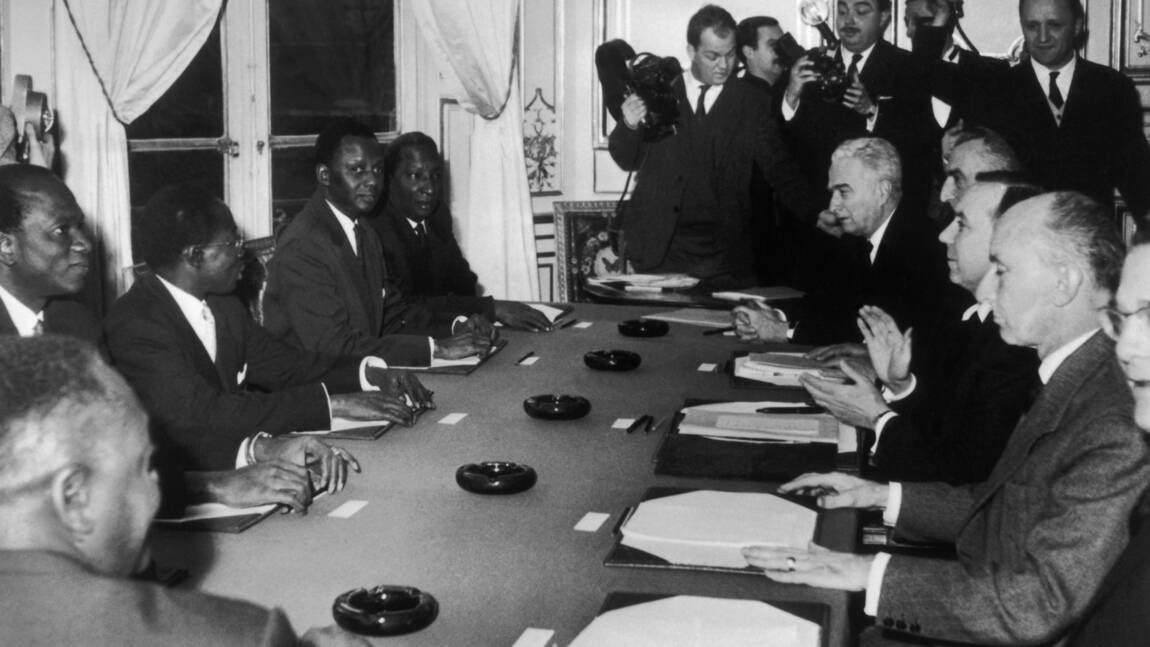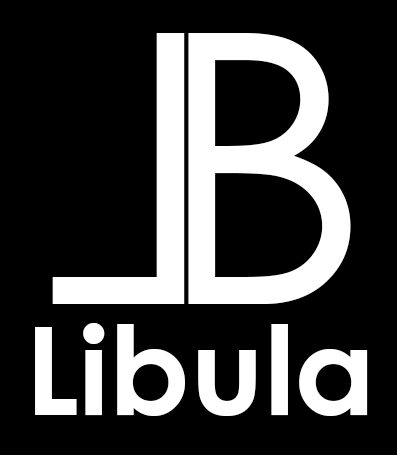
African Democratic Rally: major role in the process of decolonization in French-speaking Black Africa
Founded in 1946 at the Bamako Congress, the African Democratic Rally is a former federation of African political parties, the most important political force of the era of colonization in French territories in Africa.
In the aftermath of the Second World War, the whole world is plunged into an unprecedented political crisis.
The hitherto intractable colonial powers turned out to be much more fragile and vulnerable, like France, which succumbed to Germany.
In Africa, the blacks who took part in this war now see the white with a different eye; he is not invulnerable. This fragility of the white colonizer did not escape the eyes of the black elites of the French colonies in Africa who, from 1945, because of the many efforts made and their demands, began to sit in the Assembly in Paris. This black elite, made up among others of the Senegalese Léopold Sedar Senghor, the Sudanese Fily Dabo Sissoko, the Dahomean Sourou Migan Apithy, the Cameroonian Douala Manga Bell, the Congolese Jean-Felix Tchikaya, and the Ivorian Félix Houphouët Boigny, intends to take advantage of this newly acquired status of French citizen.
The metropolis authorizes the creation of African political parties. Initially, they were associated with French political parties such as the SFIO. This association aims to control the actions of African political parties in order to keep them under the influence of the French colonial administration.
Félix Houphouët-Boigny, supported by his peers including Gabriel d’Arboussier, Fily Dabo Sissoko, Lamine Guèye, called for a rally in Bamako in September 1946, despite attempts by the colonial authority to thwart this initiative.
France is wary of Félix Houphouët-Boigny, close to the French Communist Party (PCF) and the Soviet Union who criticize colonization, and does everything possible to prevent this gathering from taking place. The African socialists Léopold Sédar Senghor and Lamine Gueye, on the advice of their French sponsors, boycotted the Bamako congress, an attitude that Senghor would later recognize as “a mistake”.
The congress ended up being held from October 19 to 21, 1946 in Bamako, capital of French Sudan, under the presidency of Félix Houphouët-Boigny, who could not have gone there without the plane chartered by the Communist Minister of Air Charles Tillon. Thus, this congress led to the creation of the African Democratic Rally, bringing together local political parties on the basis of anti-colonialism, under the hopeful gaze of hundreds of activists from all over Africa.
The Rassemblement Démocratique Africain is “a reality independent of philosophical or religious conceptions, ethnic affinities, social situation” as stated in the circular of the Coordination Committee of the RDA of February 26, 1947.
In this circular, we find the remarkable speech of Félix Houphouët-Boigny on his conception of this gathering: “The resolution expresses the fundamental ideas which will be the basis of the Gathering: development of a policy which recognizes and favors the place, the expression of African originality by rejecting all the obstacles of a false assimilation. The essential objective of the gathering is to achieve at all levels of the political organization the union that Africans manifest. Its primary task, in the current period, is therefore the union of all anti-colonialist forces within each territory”.
Its vision is to federate African political forces, beyond political, religious and cultural divisions. The rally does not constitute a traditional political party, but more a framework for cooperation of elected African socialists and communists, allowing unitary action in terms of claiming the rights of Africans. Its elected members remain mainly representatives of their local parties, with their own mode of operation.
Seeing its influence grow, Paris decided to react in particular at the beginning of the 1950s, through a succession of repressions in all the French overseas territories. In Côte d’Ivoire, the colonial authorities worked to foster internal dissension with the help of agents provocateurs and imprisoned party activists massively, generating a rise in tensions.
Throughout 1949, strikes, demonstrations and clashes multiplied, officially causing around fifty deaths and more than 3,000 arrests. In January 1950, several executives were arrested; one of them, Senator Victor Biaka Boda, was even beheaded. In February 1950, the authorities prohibited any meeting of the RDA. Despite all this repression, the 1950s was a time of effervescence for the party, which led to a great expansion of its audience. At its height, the African Democratic Rally was composed of the African Democratic Party (Côte d’Ivoire) the Sudanese Union (Mali) the Voltaic Party (Upper Volta) the Union of the Populations of Cameroon, the Democratic Party of Guinea, the Progressive Party of Niger, the Chadian Progressive Party, the Congolese Progressive Party, and the Gabonese Mixed Committee.
In this context, in 1957 the General Union of Black African Workers was created, instigated by the RDA, which won numerous electoral victories between 1956 and 1957. After the adoption of the Defferre framework law of June 23, 1956, the debate on federalism divides the African political class. Thus, during the congress of the Rassemblement Démocratique Africain (RDA) at the technical college of Bamako between September 25 and 30, 1957, Félix Houphouët-Boigny and the Ivorian section of the party defend against the rest of the cadres the independence of each African country vis-à-vis towards others.
On February 15, 1958, African parties gathered at the Palais Bourbon in Paris refused to unite under the banner of the RDA and founded in Dakar on March 28, facing the RDA, the African Regroupment Party (PRA), in favor of a unity African federation under the impetus of Léopold Sédar Senghor. At the Bamako conference of December 29 and 30, 1958 initiated by Gabriel d’Arboussier, the representatives of Senegal, current Mali, Upper Volta (current Burkina Faso) and Dahomey (current Benin) write the act birth of the federation of Mali.
In 1959, Upper Volta and Dahomey withdrew, dissuaded by France and Côte d’Ivoire, which created the Council of the Entente with them. A year later, it was Senegal’s turn to gain independence. On September 22, 1960 Modibo Keita proclaimed the independence of the Republic of Mali.
In fact, this proclamation is the recognition of Senegalese independence since Sudan found itself alone within the federation since the departure of Senegal the previous month.
Today, the legacy left by the Rassemblement Démocratie Africain is intact. The political parties born of this gathering, like the PDCI-RDA, continue to make the heyday of the political sphere of West African states, more than half a century later.


Post a comment